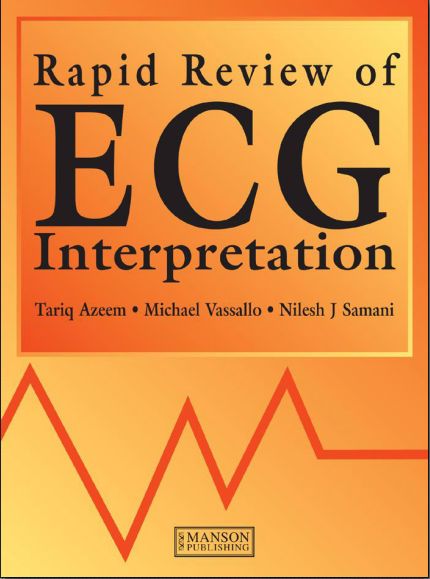



The authors and publisher disclaim any responsibility for any adverse effects resulting from the suggested procedures, from any undetected errors, or from the readers misunderstanding of the text. For individual applications, all recommendations must be considered in light of the patients clinical condition and, before administration of new or infrequently used drugs, in light of the latest package-insert information. Nevertheless, they cant be considered absolute and universal recommendations. To the best of our knowledge, these procedures reflect cur- rently accepted practice. Ruhf The clinical treatments described and recommended in this publication are based on research and consulta- tion with nursing, medical, and legal authorities. Diehl Art Director Elaine Kasmer Illustrator Bot Roda Design Assistant Kate Zulak Vendor Manager Beth Martz Associate Manufacturing Manager Beth J. Robinson, RN, MSN Clinical Project Manager Jennifer Meyering, RN, BSN, MS Product Director David Moreau Product Manager Jennifer K.
Ecg made incredibly easy pdf how to#
And the finally, twenty-sixth and twenty-seventh chapters also discuss the how to report an ECG and ECG findings in specific situations. The twenty-third, twenty-fourth and twenty-fifth chapters also describe the slow irregular rhythm with narrow QRS, slow regular rhythm with wide QRS and interesting cases diagnosed by ECG. Twentieth, twenty-first and twenty-two chapters also deals with the normal regular rhythm with wide QRS, fast irregular rhythm with bizarre QRS and slow regular rhythm with narrow QRS. The seventeenth, eighteenth and nineteenth chapters describe the normal regular rhythm with narrow QRS, fast irregular rhythm with narrow QRS and fast regular rhythm with wide QRS. The fourteenth, fifteenth and sixteenth chapters discuss premature beats in a regular rhythm, pauses during regular rhythm and fast regular rhythm with narrow QRS. The tenth, eleventh, twelfth and thirteenth chapter focuses on the abnormalities of PR segment, abnormalities of ST segment, abnormalities of PR interval and abnormalities of QT interval. The seventh, eighth and ninth chapters describe the abnormalities of QRS complex, abnormalities of the T wave and abnormalities of the U wave. The fourth, five and sixth chapter discusses the determination of electrical axis, determination of heart rate, abnormalities of the P wave. The first, second and third chapters deal with the nomenclature of electrocardiogram (ECG) deflections, electrocardiographic leads, and electrocardiography grid and normal values. This book is comprised total 27 chapters. This should help students preparing for their examinations without having to search for voluminous textbooks. Although the emphasis is on ECG diagnosis, causation of abnormalities and their clinical relevance are briefly mentioned too. As the chapters unfold, the subject gradually evolves from basics to therapeutics. This book is yet another humble attempt to bring the subject of ECG closer to the hearts of students and clinicians in a simple and concise form.


 0 kommentar(er)
0 kommentar(er)
